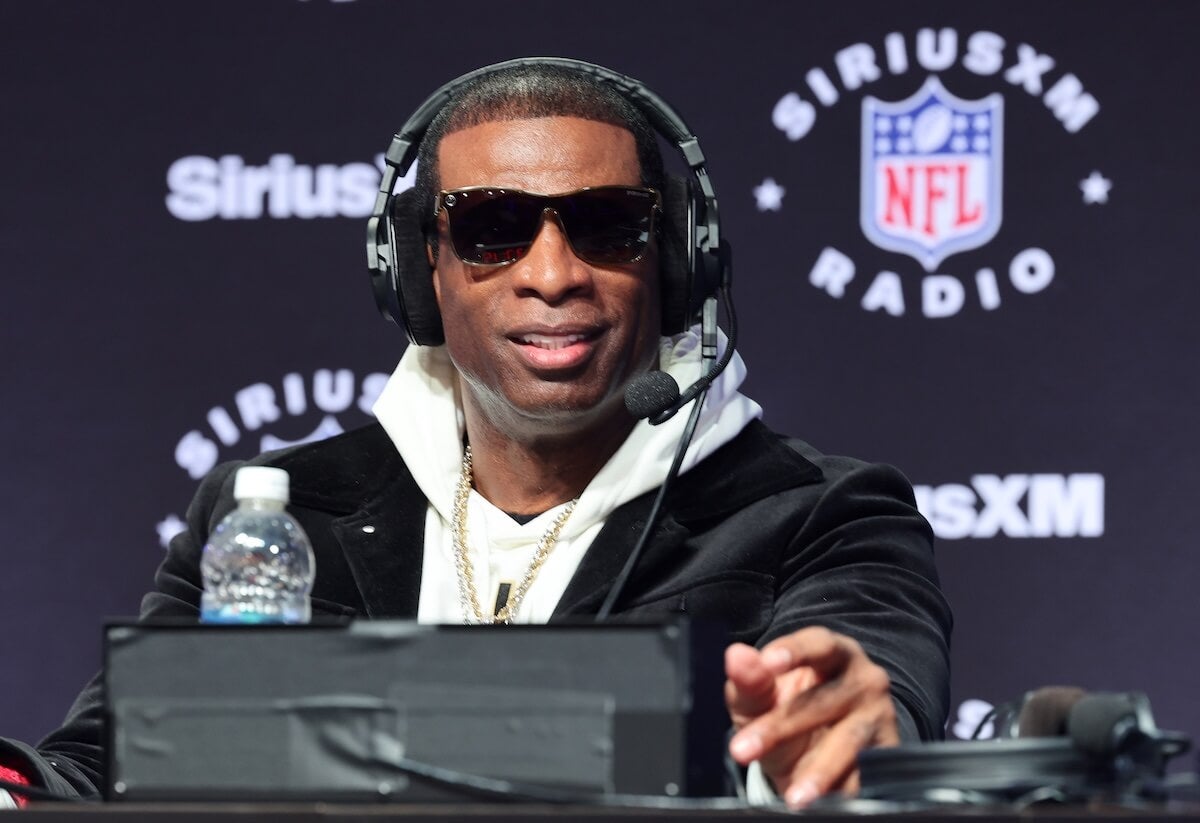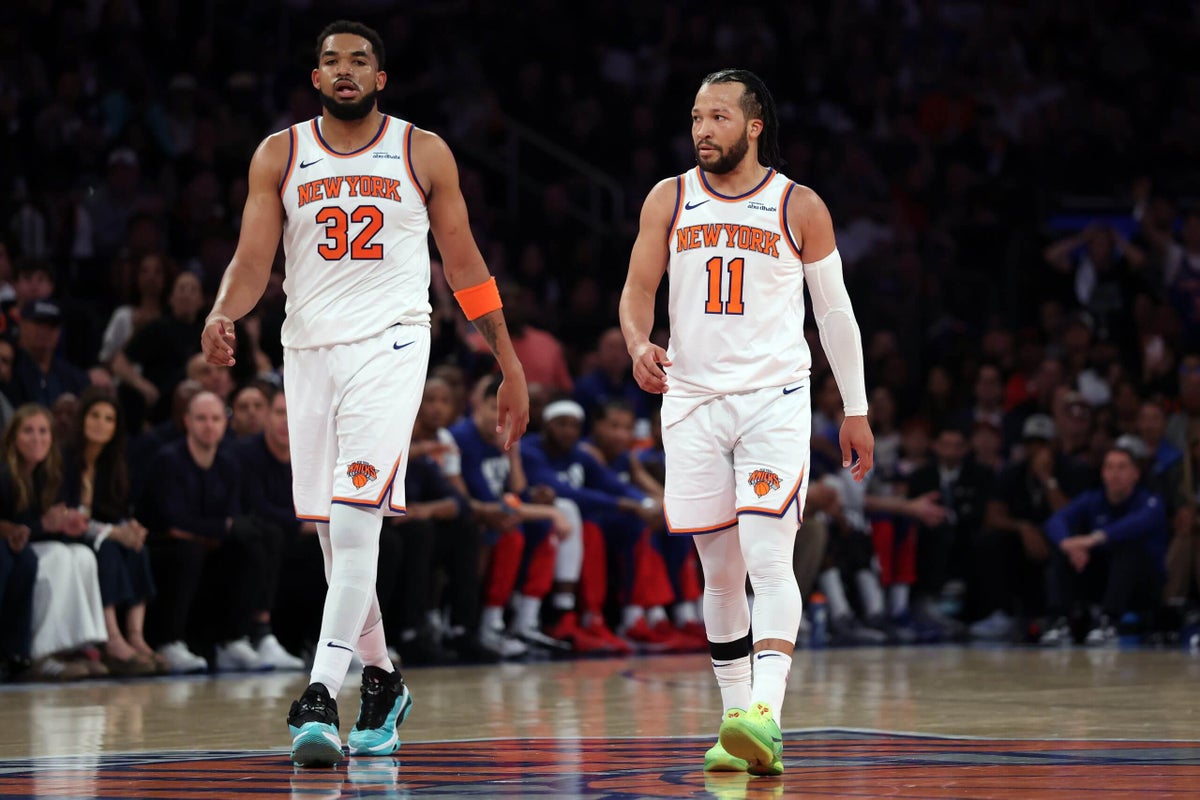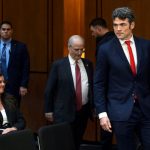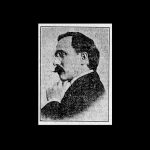MIAMI — Five days after 50,000 fans packed Dodger Stadium for the 12th time in 12 games, Luis Diaz made the 40-minute drive from Pembroke Pines, Fla., to see the Miami Marlins play the Cincinnati Reds at LoanDepot Park. The tickets Diaz snagged with his friend John Hewitt cost $14. Diaz wore a cap invoking the franchise’s Florida era; Hewitt sported the jersey of Giancarlo Stanton, who last played for Miami eight seasons ago. Their gear stood out among the stream of vacationers from Cincinnati.
A few minutes before the first pitch, Diaz and Hewitt sipped drinks as a breeze swept through the center-field concourse, riffling the leaves of the palm trees planted outside in Little Havana. The sun shone through the open roof. It was a picturesque evening for those there to see it. The two friends joined an announced crowd of 7,646, one of the eight times already this season that the attendance in Miami has failed to surpass five digits, a far cry from the atmosphere awaiting the Marlins at Chavez Ravine on Monday, when the team begins a three-game series against the defending champion Los Angeles Dodgers.
“We’ve got to find a way to make more money so we can compete with those high-end teams,” Diaz said. “As far as us being a poor team, that’s really up to the owners, the way they move through their business. We’ve just got to step up. That’s it.”
Hewitt pointed toward barren sections behind the backstop.
“And we’ve got to bring more people to the park, too,” Hewitt said. “This place is empty today.”
“There’s more Reds fans than Marlins fans,” Diaz said.
In the first month of the 2025 season, the disparity between Major League Baseball’s upper crust and its lower-revenue counterparts has never appeared more stark. When Athletics executive Billy Beane lamented in “Moneyball” the insurmountable gap in spending with the New York Yankees in 2002, the difference between the two clubs was $85 million. The gap has now become a chasm. When the Dodgers host the Marlins this week, the payroll difference will be an estimated $406.5 million, which is believed to be the largest in modern history.
The discussion of the spending imbalance only figures to intensify as the clock ticks on the collective bargaining agreement, which expires after next season. Officials from both MLB and the Major League Baseball Players Association have predicted another bruising standoff similar to the owner-initiated lockout following the 2021 season. The tenor of the negotiations may depend on the owners’ willingness to push for a salary cap, the sort of floor-ceiling structure that would compel a team like the Marlins to spend more while forcing a team like the Dodgers to spend less.
This past offseason provided grist for the inequality mill. The New York Mets lavished the largest free-agent contract in baseball history, a 15-year, $765 million deal, upon outfielder Juan Soto. The Yankees countered Soto’s departure with a $218 million contract for Max Fried, who became the winter’s highest-paid pitcher.
Propelled by the financial windfall generated by Shohei Ohtani, the Dodgers celebrated a championship with $450 million in new talent. Meanwhile, no team in either Central division supplied a deal larger than Kansas City’s $51 million pact with pitcher Michael Wacha. Nine teams — the Marlins, Reds, Chicago White Sox, Colorado Rockies, Milwaukee Brewers, Minnesota Twins, Pittsburgh Pirates, Seattle Mariners and St. Louis Cardinals — declined to sign any player to a multiyear contract.
The discourse has carried into the regular season. In ballparks from Pittsburgh to Seattle to Tampa Bay, fans have implored frugal owners to get out of the baseball business. The drumbeat will only grow louder if a big-market Goliath triumphs again this October.
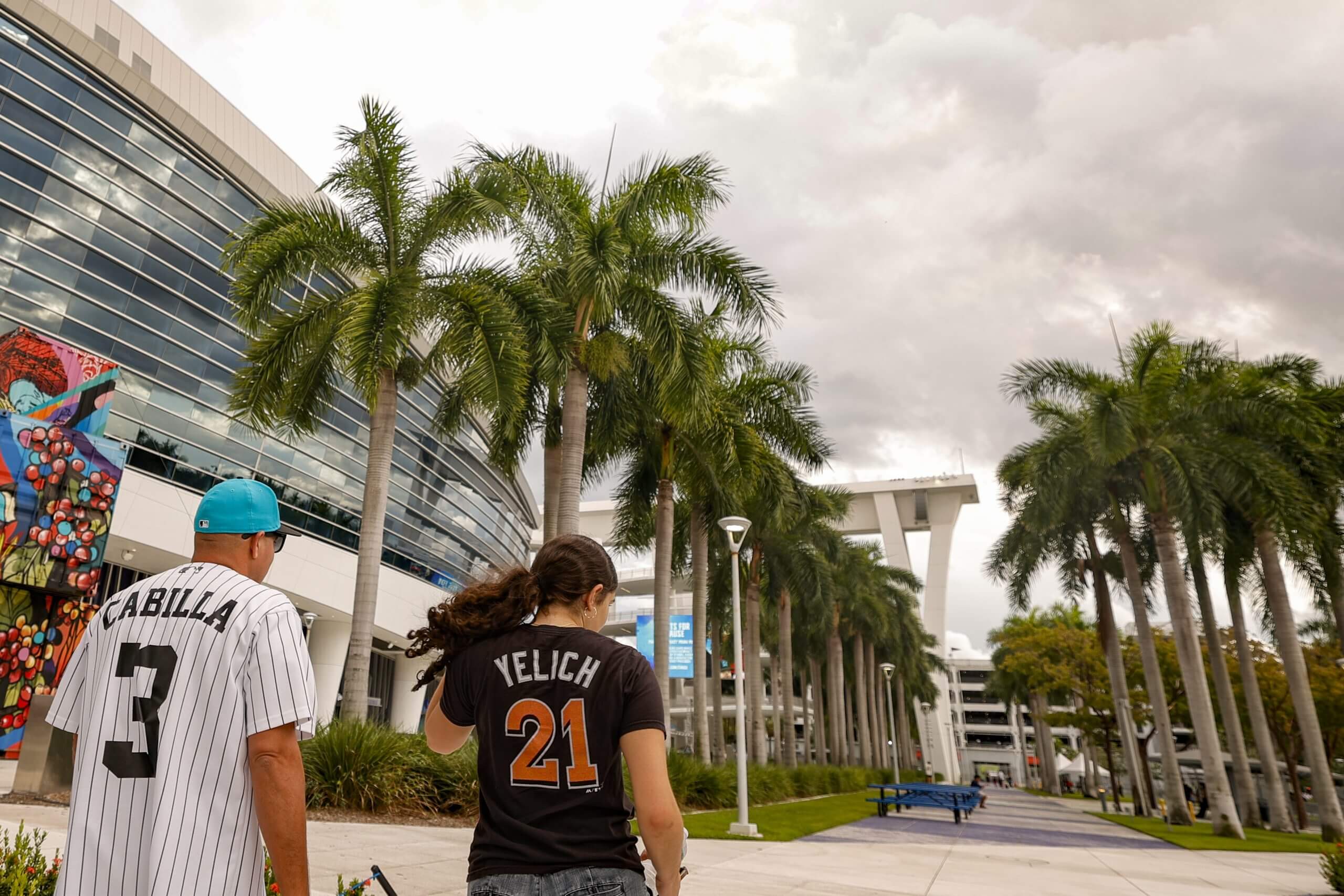
Conversations about spending can make baseball people sound defensive. The squeamishness cuts in both directions. No owner likes to be called cheap; no team likes to be accused of purchasing a championship. Dodgers president of baseball operations Andrew Friedman ascribed the team’s $1 billion bonanza after 2023 and a subsequent spree this past winter as safeguards against the irrationality of acquiring players at the trade deadline. Team president Stan Kasten framed the spending as the civic duty of a historic franchise.
“It’s our investing in our product for our fans,” Kasten said. “Because they continue to invest in us, in all the ways they can invest, and so it goes around and around.”
Dodgers players stressed the team could not have purchased the chemistry and camaraderie that buoyed the team last season.
“I don’t understand the fussing,” Dodgers reliever Blake Treinen said. “Fans can complain about it. But they should be more upset with ownership around the league. Because this ownership is all in.”
Added Treinen, “I look at it this way: Everybody around the league can cry about how the Dodgers spend their money. (The other teams) have just as much opportunity to spend the same.”
Representatives from lower-revenue markets do not agree. They mention the reconfigured landscape of regional sports networks and note the amount of debt many clubs took on during the pandemic season of 2020. These teams lack the global brand ubiquity of the Yankees or the fortuity of employing a generational phenomenon like Ohtani or the $21.3 billion net worth of Mets owner Steve Cohen. Executives also point to the inefficiency of free-agent spending, which can backfire for tight-fisted teams.
In an interview with The Athletic last week, Marlins owner Bruce Sherman defended his franchise’s approach, which he described as geared toward “how to build a competitive team that’s sustainable for our fans.” He cited recent expenditures such as a refurbished big-league weight room, the renovation of the team’s minor-league complex and a new $15 million facility in the Dominican Republic.
He expressed confidence in the organization-wide overhaul conducted by president of baseball operations Peter Bendix. He praised the new initiatives being undertaken at different levels of the organization. He declined to wade too deeply into any concerns about the $406.5 million difference with his upcoming opponent.
“I’m not going to comment on other clubs,” Sherman said. “I think they all play by the rules and regulations that we’ve established. We’re going to compete. We’ve competed with them in the past. We will continue to compete. I know the management, ownership well. Whether it’s the Dodgers or any other club, they’re following rules that we follow under our constitution. And they’re acceptable.”
This story could have been written this past weekend, when the Dodgers hosted the Pirates. Between the Dodgers’ present-day payroll, which MLB’s labor relations department calculated to be $325.9 million on Opening Day, and its expected competitive balance tax of $150.7 million, the team is on the hook for $476.5 million this season. The Pirates’ payroll is $91.4 million, and the team effectively sat out this winter despite the emergence of National League Rookie of the Year Paul Skenes.
This story could have arrived in May, when the Athletics and their $76.4 million payroll visit Los Angeles. Or in August, when the Dodgers play at George M. Steinbrenner Field, the temporary home of the $81.9 million Tampa Bay Rays. Or in spring training, where the Dodgers share a complex with the $85 million White Sox. At $69.1 million, the Marlins have merely claimed the very lowest rung of the spender’s bracket. Miami’s payroll may further decrease if the club moves former National League Cy Young Award winner Sandy Alcantara, whose $17.3 million salary represents a quarter of big-league expenditures.
All told, the Dodgers are spending over $70 million more than those five teams combined. The team’s tax bill would qualify as the 16th largest payroll in the game, surpassing every Central division club besides the Chicago Cubs.
The difference between the spenders and the spend-nots looks significant in the postseason. When the Dodgers won the World Series last October, that marked the fifth time in the past six years that a team with a top-10 payroll claimed the crown. The last club with a bottom-10 payroll to win it all was the 2003 Marlins.
Most everyone in baseball agrees this is a problem. The proposed solutions differ depending on whether they favor labor or management. The MLBPA want the rules to incentivize all teams to spend. The owners would prefer to curb the spending.
MLB commissioner Rob Manfred has not committed to pushing in the upcoming talks for a salary cap, which the NFL and the NBA have. He indicated earlier this spring that revenue disparity is “at the top of my list of concerns about what’s occurring in the sport.” Manfred said the Dodgers were likely more profitable than the Yankees during the Evil Empire era, “so it’s more of a problem.” He added, “If I’m going to be critical of somebody, it’s not going to be the Dodgers. It’s going to be the system.”
MLBPA chief Tony Clark has suggested the Dodgers are being used as a wedge by management-minded opportunists seeking the long-standing goal of a cap. “Competition is the lifeblood of this industry,” Clark said in a statement to The Athletic. “All 30 teams have the means and opportunity to compete by acquiring new talent, investing in internal talent, or both. Clubs that have made that investment in winning, in big markets and small, have reaped the rewards both on and off the field. All teams that pursue excellence should be celebrated, not criticized.”
Yet the chorus has recently added some unexpected voices: even Yankees owner Hal Steinbrenner suggested this winter that it was “difficult for most of us owners” to match the Dodgers. Steinbrenner was one of the few owners this past winter who tried. Most occupied the sidelines as the Dodgers spent $180 million on two-time Cy Young Award winner Blake Snell, won the bidding for Japanese star Roki Sasaki and, almost as an afterthought, doled out $72 million to reliever Tanner Scott and another $13 million to reliever Kirby Yates.
Much of the team’s outlay can be tied to Ohtani. The two-way star deferred 98 percent of his 10-year, $700 million contract, meaning the club only owes him $2 million in cash each season. His presence also has led to an explosion in sponsorships, stadium tours and ticket prices.
“All I say about this, because they say, ‘How much money did Shohei bring in?’ — I don’t want to go there, because it’s crass,” Kasten said. “I just like talking about baseball. You don’t want to be crass. However! Last year, Shohei was paid $2 million. I can confirm he cleared that hurdle.”

Not all of those Ohtani-related dollars go to the Dodgers. The team recently launched a paid fan club in Japan. The proceeds are considered international revenue and pooled among all 30 clubs. The Dodgers also contribute the largest amount to the sport’s revenue-sharing pool, from which the Marlins are expected to draw $70 million or more this season. “We lead in revenue, so we lead in revenue sharing,” Kasten said. (An MLB official confirmed that the Dodgers “have the highest local revenue and contribute the most to local revenue sharing.”)
The Dodgers also benefited from players following Ohtani’s example with deferments. The opportunity to contend for a title superseded immediate financial considerations. For outsiders, the raucous atmosphere at Chavez Ravine acted as a beacon.
“When you go to Dodger Stadium, you can’t help but want to be on the home side, with that atmosphere and those speakers and everything,” said outfielder Michael Conforto, who signed with the club this past winter.
For a few days this past spring, The Athletic amused itself with a parlor game among Dodgers veterans. The entire industry had been buzzing about the team’s offseason. Which deal, the group was asked, prompted them to join the rest of the baseball universe in saying: Wait, we got that guy, too?
For manager Dave Roberts, it was the multiyear deal with Scott. “When I heard that Tanner Scott could still be in play, I was very surprised,” he said. “And then, when we acquired him, I was like, ‘I can’t believe that just happened.’”
For veteran catcher Austin Barnes, it was Conforto, a former All-Star outfielder seeking a one-year springboard. “I was like, ‘$17 million. That’s a big-time player,’” Barnes said.
For utility man Kiké Hernández, it was Yates, an All-Star the previous summer. “After you already added Blake, you added Roki, you added Tanner — to also go out there and acquire the second-best closer on the market? That was pretty badass.”
For the new additions, the incentives were obvious. One afternoon, Treinen turned to Scott. A few months earlier, Scott played for San Diego, one of the only pitchers capable of subduing Ohtani. Now he would be putting out high-leverage fires with Treinen.
“What do you think, would you rather face this lineup or play on it?” Treinen said.
“Play on it,” Scott said. “I mean, I had to face it how many times last year?”
“And you did fine,” Treinen said. “That’s why you got paid.”
When the 2024 season began, Scott played for the Marlins. He had emerged as the club’s closer in September 2023 as the team snuck into the postseason with 84 victories. He spent the ensuing months watching the front office get turned over and the big-league roster ransacked. The exodus of talent eventually included him.
“It was definitely surprising,” Scott said. “Going into the offseason, we had just worked our tail off to get to the postseason. And then things changed. I mean, it’s a business, at the end of the day.”
For longtime Marlins fans, a teardown was nothing new. Since its inception in 1993, the franchise has never won the National League East. The 92-win mark set by the 1997 World Series champions has stood as the franchise record for 27 seasons. In Miami’s collective memory, the title that autumn has been eclipsed by the next spring’s fire sale. Since a second championship in 2003, the team has reached the postseason just twice.
In 2017, Sherman, a venture capitalist from New York, led a group that included former Yankees star Derek Jeter in purchasing the franchise from Jeffrey Loria for $1.2 billion. (Forbes estimated the franchise’s value this past March at $1.05 billion.) Jeter left the ownership group in 2022. A year later, general manager Kim Ng resigned when Sherman sought to hire a baseball executive to oversee her.
There were reasons to believe 2023 was a mirage. The team outplayed its run differential by nine games. The financial outlook had not changed much. The team still finished last in the National League in attendance, in a city where the Miami Heat regularly rank in the NBA’s top five.
The club’s television situation would soon be upended by Diamond Sports Group declaring bankruptcy. Sherman offered the equivalent of a verbal shrug when asked if he agreed with the sentiment that every owner can simply afford to spend as much as teams like the Dodgers or Mets.
“I think we all have a responsibility to our team, our fans, our organization and to Major League Baseball,” Sherman said. “I don’t think it’s appropriate to comment on what the other 29 teams are doing. We have a plan. It’s been well-established, very well-vetted, extremely well-thought through. We’ve made some extraordinarily great hires in our baseball operations department, and we’re following that plan. And that plan, I believe, will lead to sustainable success in the future.”
That plan is built around Bendix, who had been the general manager of the Tampa Bay Rays, which is in many ways considered the model for a small-market baseball operations department. Bendix tabbed former Giants and Phillies manager Gabe Kapler as an assistant general manager tasked with player development.
As Kapler sought to transform the minor-league system, the big-league club foundered. A $5 million flier on former All-Star shortstop Tim Anderson did not pan out. The year got ugly fast.
Top pitching prospect Eury Pérez underwent Tommy John surgery in early April. The team opened the season at 0-9, and resided 13 1/2 games out of first place after a month. The writing was already on the wall for reigning National League Manager of the Year Skip Schumaker, who had telegraphed his exit at the end of the season.
After a while, former Marlin Jazz Chisholm Jr. recalled, the losing felt contagious.
“You kind of don’t want to go out there, but you just have to,” Chisholm said. “Like, you do want to go out there, but you don’t at the same time. You love playing Major League Baseball, but at the same time, it sucks going out there knowing, ‘Damn, we’re probably going to lose today.’”
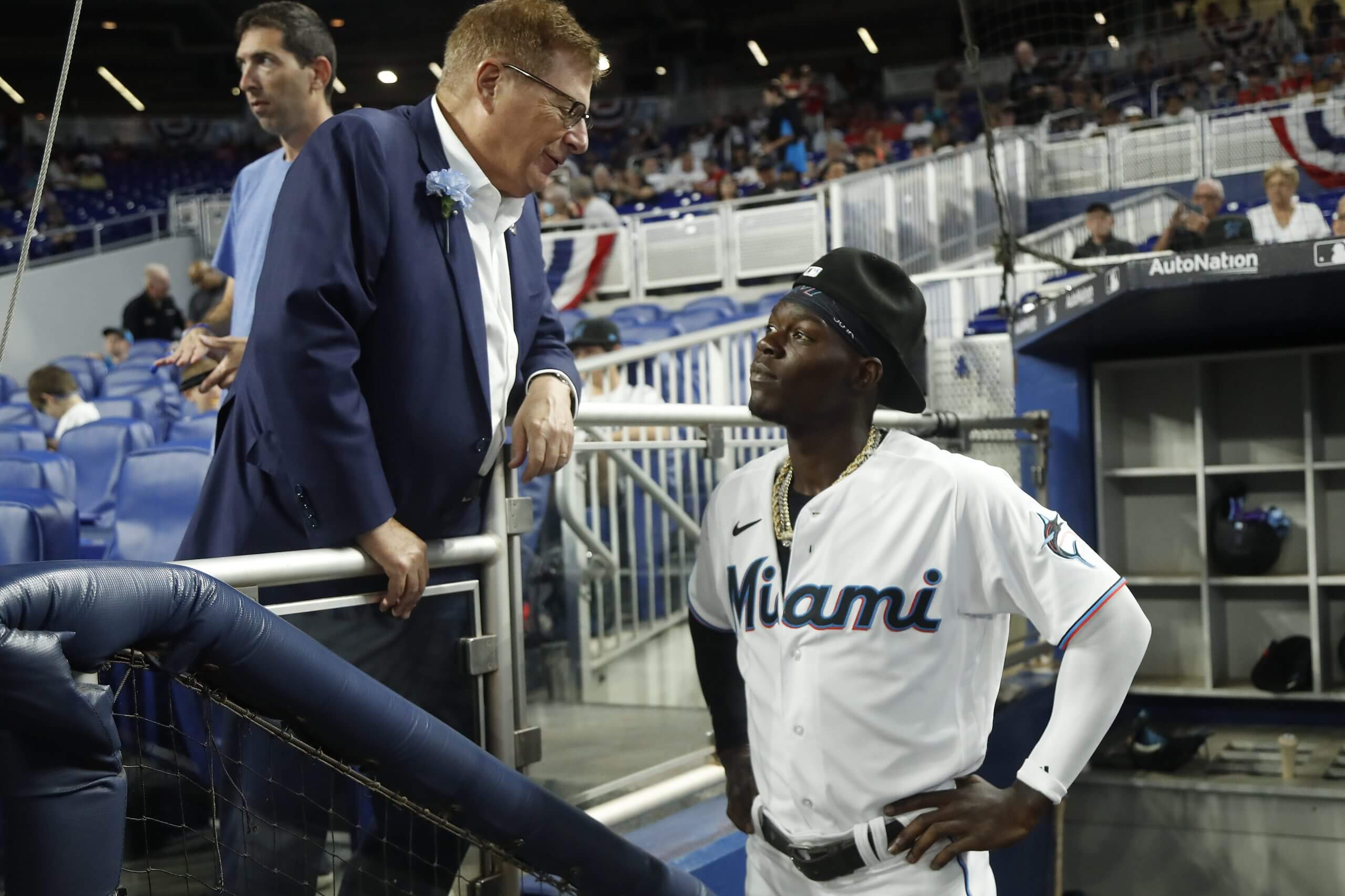
Four days into May, Bendix dealt reigning National League batting champion Luis Arraez to San Diego. A flurry of trades followed: Chisholm, Scott, first baseman Josh Bell, outfielder Bryan De La Cruz and reliever AJ Puk all got dealt. After a 62-100 finish, Bendix traded infielder Jake Burger and starter Jesús Luzardo. The moves improved the club’s farm system, which The Athletic rated at No. 18 heading into 2025.
At the start of this season, only four players on the 40-man roster had accrued more than three years of big-league service time. Clayton McCullough, the former Dodgers first-base coach hired to replace Schumaker, indicated the players could bond through their relative anonymity.
“The only way to change that narrative is to go out there and play,” McCullough said. “Let’s shock the world one day at a time. You’ve got to get past what it looks like on the back of someone’s jersey.”
This past winter, Miami made only one seven-figure commitment on the free-agent market, in the form of a $4.5 million contract for pitcher Cal Quantrill. Unlike the Athletics, who made a series of acquisitions to boost their luxury-tax payroll to become compliant with the CBA’s revenue-sharing rules, the Marlins stayed quiet. The team risks a grievance from the MLBPA for its lack of spending. When asked about a potential grievance, Sherman declined comment.
In time, Marlins officials insist, the team will wade into the deeper waters of free agency. The franchise’s current financial priority is improving its infrastructure and increasing its off-the-field staff. Why those goals cannot be pursued concurrently with big-league spending is what frustrates MLBPA officials.
Scott sounded sanguine about his Marlins tenure.
“I feel like you’ve got to spend to win, right?” Scott said. “You’ve got to spend some money to win. My time in Miami — I had a great time with all those guys over there. I still know a few of them, even though a lot of us were traded. Yeah, there’s a gap in payroll. But they’ve got a lot of young talent that’s still coming up.”
At 2:20 p.m. one day earlier this month, a 27-year-old Marlins rookie named Connor Gillispie climbed the mound at Citizens Bank Park in Philadelphia. He wanted to sharpen his slider before his next start. For decades, that task would have taken place in the placid setting of a bullpen session. Instead, Gillispie prepared to face his teammates. Cameras stood behind the mound and the plate. An L-screen protected each device. As Gillispie threw, he noticed members of the Phillies’ grounds crew side-eying the exhibition.
“I was like, ‘You guys hate this?’” Gillisipie cracked afterward.
The Marlins call these “live pitch design sessions.” They look closer to live batting practice, which usually occurs in the early days of spring training or when pitchers return from injury. For the Marlins, they have become de rigueur. The organization implemented them in the minors last season in place of bullpens. They were introduced to the big-league club this spring. Aimed at replicating game-time intensity, the activity could become the industry standard. Or it could be discarded before the year ends. Miami officials say they do not worry about external derision.
“If we’re worried about public perception, then how are we going to get better?” McCullough said.
The replacement of bullpen sessions is one of the more visible initiatives taking place. Miami is using the big-league club as an incubator for ideas. Some may work. Some may fail. The overarching goal is amplifying practice in pursuit of daily improvement. “There’s nothing easy about what’s going to happen when a major-league game starts,” McCullough said. “So why train in that manner?”
During the spring, players were encouraged to compete on the metrics connected to “the things that we feel like are going to end up allowing you to make plays in the game,” McCullough said: chase rates for pitchers, quality of contact for hitters, pop times for catchers. The outfielders were retrained to improve their jumps, focusing on the quickness of the first step rather than moving in the correct direction. “The sooner you get moving, the better,” outfielder Kyle Stowers said. The pitch design sessions let hitters compete with pitchers. “The live sides are awesome,” catcher Rob Brantley said, because they forged a better partnership with battery mates. There was scant downtime.
“It was different than any spring training I’ve ever been a part of,” said outfielder Derek Hill, a veteran of six organizations. “Across the board, from hitting to defense to base running, every aspect of the game was just maximized. There was no wasted time where you’re just sitting on the bench, shooting the s— with your boys.”
Not every initiative has been met with praise. In March, MLB quashed an advertised “practice squad” for unsigned players. A recent report about minor-league coaches calling pitches from the dugout drew criticism from columnists and retired catchers. Luzardo chuckled when asked about the pitch design sessions. “I’ve heard mixed reviews on it, for sure,” Luzardo said.
Gillispie played for three teams before Miami claimed him off waivers in January. At first, he was skeptical about training in a new way. In time, he said, he came to embrace it. “When has being competitive ever hurt anybody?” he said. “We’ll see as the season goes on. But I enjoy it.”
Marlins officials have framed these deviations from the norm as existential. The connective tissue between the Dodgers and the Marlins runs deep. Friedman hired Bendix as a Rays intern in Tampa Bay. Kapler ran Los Angeles’ farm system for three seasons. McCullough spent a decade with the Dodgers.
The Marlins staffers all understand that the Dodgers and the Mets and the Yankees are also aiming for innovation. And their owners are pursuing elite talent on the free-agent market, too.
“If we’re just doing things that everyone is doing and just always trying to play catchup, it’s going to probably end up being close to what it’s been,” McCullough said. “We’ve got to be thinking about, ‘What is next?’ Three years from now, what can we be thinking about doing that’s going to give us some separation.”
The line stretched down Vin Scully Avenue about five hours before the pitch at Dodger Stadium on April 2, with fans queued up for the first of five Ohtani bobbleheads to be given away this season. It is hard to envision a similar scene at LoanDepot Park: the Marlins’ promotional page lists five bobblehead giveaways for 2025, with shortstop Xavier Edwards as the only active player on the list.
“Once we really start to know and love a player, we almost immediately sell them,” John Hewitt said before the Cincinnati game last week.
Amid the procession of Reds fans were Marlins relics of the distant and recent past. The Alcantara jerseys were outnumbered by those of Andre Dawson and Edgar Renteria, Miguel Cabrera and Dontrelle Willis, and Arraez, Burger and Chisholm. The roster churn is unlikely to end soon. Even if the vision of Sherman, Bendix and McCullough comes to fruition, the franchise will resemble the Rays or the Brewers rather than the Dodgers or Mets.
Sustainable success remains possible for Miami. But it will require many more nights like the one last week with the breeze swirling through the center-field concourse, voices echoing off the empty seats and fans pondering how the other half lives.
“We’ve got to find a way to make more money,” Luis Diaz said. “We can’t be mad at the Dodgers —”
Hewitt finished his sentence: “— for having the money. They sell out every game.”
“But you know what? We do spend a lot of money in the concessions, inside here,” Diaz said. “I’m sure they’ve got to be making money, somehow. I refuse to believe they don’t make any money.”
(Illustration: Dan Goldfarb / The Athletic; Photos: Harry How, Emilee Chinn / Getty Images)

